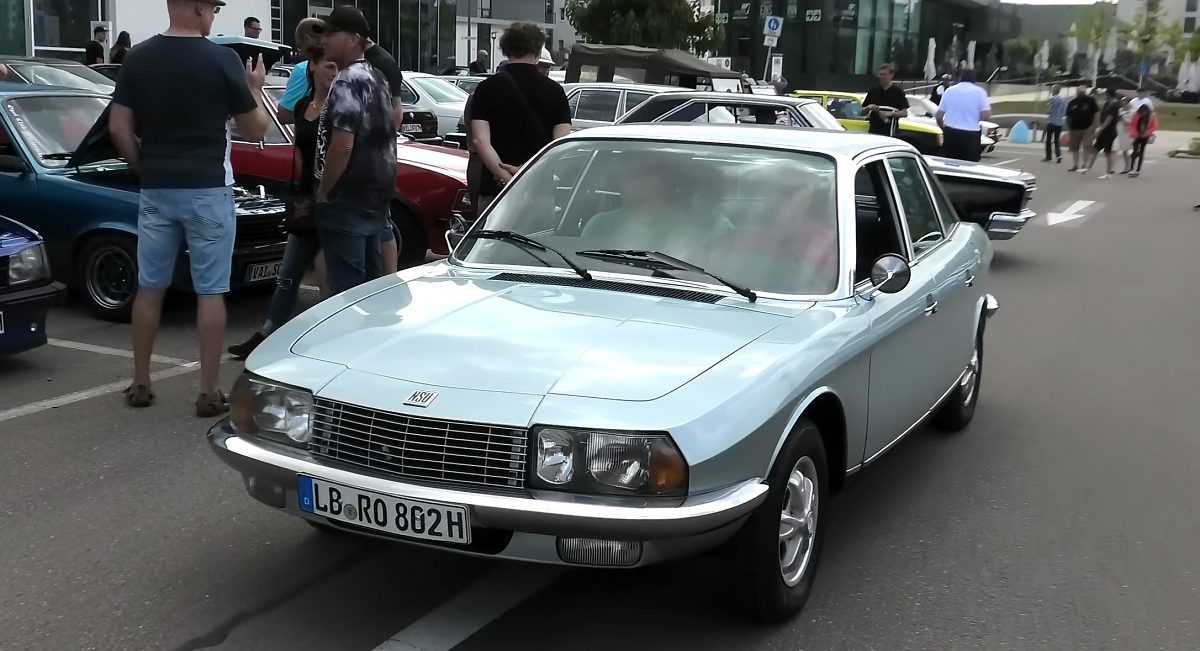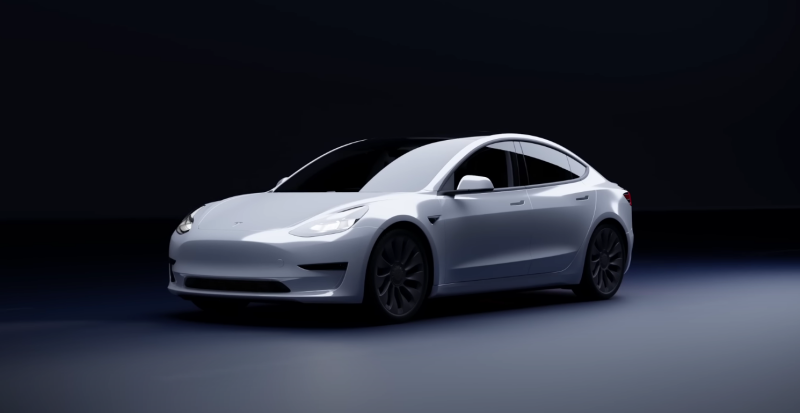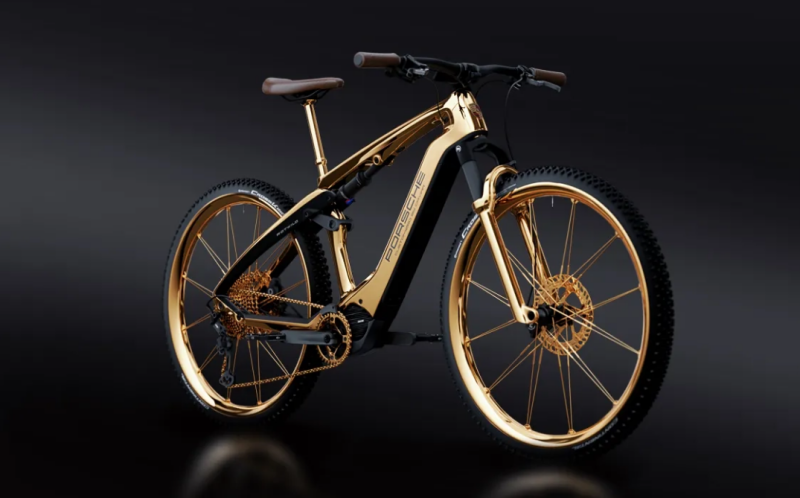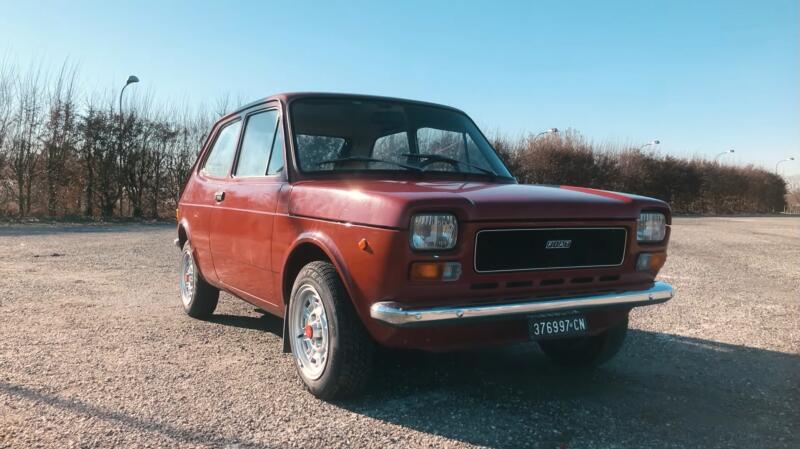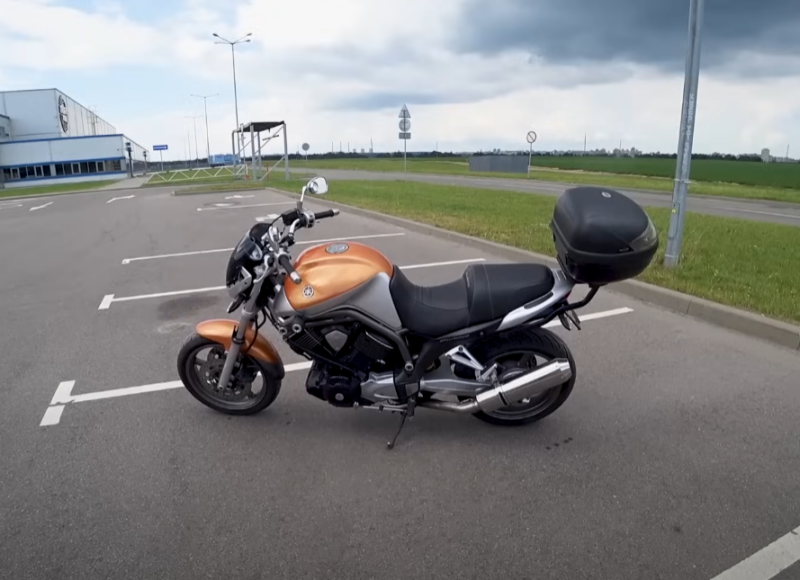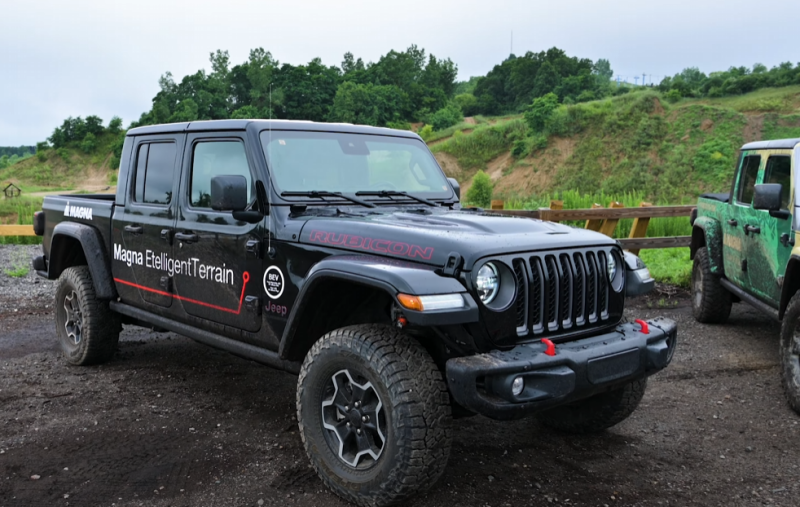In the sixties, NSU proved to be the world leader in rotary Wankel engines, first introducing the NSU Spider (Wankelspider) and later the Ro 80. The company sold patents to the world's leading automobile (and some motorcycle) factories, including Japan's Mazda and Suzuki. And this is not surprising, because at that time the RPD was considered extremely promising! The NSU Ro 80 was supposed to be the car of the future. Judge for yourself: front-wheel drive, a twin-rotor engine, semi-automatic transmission, independent suspension and disc brakes on all four wheels were complemented by power steering and excellent aerodynamics! Here are just problems with the reliability of the revolutionary motor, in the end, led the company to bankruptcy.
Birth of RPD
Felix Wakel began experiments with rotary units in the late twenties, but the war prevented plans to introduce a revolutionary motor. And yet, already in 1954, a German engineer introduced the first rotary piston internal combustion engine. Many then believed that having all the advantages of an internal combustion engine, but devoid of their shortcomings, the Wankel would soon replace the classic power plants.
 Scheme of operation of a rotary piston engine. Photo: Youtube.com
Scheme of operation of a rotary piston engine. Photo: Youtube.comAfter all, the “rotor” did not have details of the gas distribution and crank mechanisms, there was no reciprocating movement and there was no tendency to vibration. At the same time, the engine worked according to the "prestigious" four-stroke cycle:
✅ inlet of the working mixture
✅ compression
✅ ignition
✅ exhaust gases
Due to the absence of "extra parts", the Wankel turned out to be much lighter and more compact than the usual motors. And due to the fact that all moving parts of the engine rotated in the same direction, the "rotors" easily reached high speeds and power. Of course, not without a "fly in the ointment".
Conceptual flaws
In particular, due to the layout of the combustion chamber, RPDs were characterized by low thermal efficiency. The fact is that the compressed air-fuel mixture “likes” to burn as a sphere: from the center to the edges. But in the "rotor" the flame had to spread in a narrow and long, and besides, a moving cavity! Unburned residues led to increased hydrocarbon emissions and high fuel consumption. But the Wankel's biggest problem was the sealing of the rotor. Due to insufficient sealing, combustion products leaked into the next chamber, which reduced power.
 KKM12 engine under the hood of NSU Ro 80. Photo: Youtube.com
KKM12 engine under the hood of NSU Ro 80. Photo: Youtube.com Wankel engines also suffered from problems with the lubrication of the upper moving seals. To combat this negative phenomenon, oil was injected into the intake, which further worsened the environmental performance. And yet, thanks to their simplicity and outstanding power-to-weight ratio, Wankel engines were considered extremely promising: developments in the field of RPD were carried out even in Rolls Royce!
The birth of the flagship sedan
By the beginning of the 60s, the German economy had recovered significantly, and buyers wanted to change from cabinerollers Messerschmitt, BMW Isetta and Volkswagen Beetle to more solid and modern cars. Following demand, at the end of 1962, NSU began work on a new model: Typ 80. The original terms of reference called for the development of an 80-horsepower passenger car weighing 800 kg, with a starting price of 8000 marks. At the same time, it was assumed that the car would compete with the Ford Taunus P4. It is curious that the design of the new NSU flagship was developed by Klaus Lute, who later “painted” such cars as, for example, the BMW E32 and E34.
 In the late 60s, the NSU Ro 80 looked like a defiantly avant-garde car! Photo: Youtube.com
In the late 60s, the NSU Ro 80 looked like a defiantly avant-garde car! Photo: Youtube.comIn May 1964, the prototype was presented to the top management of NSU Motorenwerke. The bosses liked the concept, but they considered the dimensions of the car insufficient. The chairman of the board of NSU Motorenwerke, Gerd Stieler von Heidekampf, came to the conclusion that it was necessary to fight not with Taunus, but with premium cars! Such as the Mercedes-Benz W110 and BMW Neue Klasse. To do this, the Typ 80 had to grow, gain weight, and, of course, the price.
NSU was well aware that a technological revolution would be required to compete with the giants, and they made it! The front-wheel drive car was equipped with a twin-rotor Wankel engine with a displacement of 995 cm3 and a power of 115 horses at 6500 rpm. The maximum speed reached 180 km / h, largely due to excellent streamlining: the drag coefficient was 0,355. Such performance has made the NSU Ro 80 one of the most aerodynamically efficient four-door sedans in the world! If a conventional engine had been installed on the car, it is likely that the Ro 80 would have become a symbol of the era of the 60s, on a par with such legends as the Jaguar S-Type and Citroen DS.
Jump into the abyss
In September 1967, the Ro 80 made its debut at the Frankfurt Motor Show. They asked for a cosmic sum for the car - 14 thousand German marks! 2300 more expensive than the Opel Commodore, and even the Mercedes-Benz 230 cost a thousand cheaper! At the presentation, the management publicly announced that from now on the future of the company is connected exclusively with rotary engines.
 Salon NSU Ro 80. Photo: Youtube.com
Salon NSU Ro 80. Photo: Youtube.comThe start of sales went like clockwork: in the first year, NSU sold 6400 Ro 80. However, it soon became clear that there were plenty of problems with the car. The engine resource was the largest: with the originally declared 100 km, some cars arrived at the capital already at 000 thousand! Soon NSU lowered the warranty mileage to 20 km, but even after that, the cost of repairing and replacing Wankel continued to pull the company to the bottom. In many ways, NSU itself was to blame: German engineers expected that most owners would use the Ro 50 to travel on the autobahns. But the practice turned out to be just the opposite: cars were operated mainly in the city, where gambling drivers often “spun the rotor” to the limit! This reduced an already small resource.
NSU quickly eliminated the Wankel's childhood illnesses, but notoriety and high production costs have already caused irreparable reputational damage to both the model and the company. By 1969, NSU's financial situation was so dire that Gerd Stieler von Heidekampf, who had refused to cooperate with competitors many years earlier, was forced to negotiate with Volkswagen.
Wolfsburg vs Neckarsulm
The new boss of the largest German automaker, Kurt Lotz, was just thinking about the future of the company: the era of the rear-engined Beetle was rapidly coming to an end, and the brand did not have a modern front-wheel drive model. As a result, in March 1969, the parties entered into an agreement under which NSU merged with Auto Union (Audi). At the same time, NSU had complete freedom of action, and they did not need the approval of Volkswagen to develop new models. Gerd Stieler von Heidekampf became president of Audi NSU Auto Union AG, with the proviso that Volkswagen is not allowed to use rotary technology without patent payments. But Lotz was not interested in the Ro 80 at all, but in the new NSU Typ 70! Already in 1970, this model went on sale as a new Volkswagen model!
 NSU Ro 80, rear view. Photo: Youtube.com
NSU Ro 80, rear view. Photo: Youtube.comGradually, Wolfsburg took over full control of the Neckarsulm company: by 1975, all brand cars, with the exception of the Ro 80, were replaced by Audi models. NSU tried to break out of the deadly grip by making a deal with Citroen, but Volkswagen did not approve of this move, as they were not interested in the company's independence. As a result, Wolfsburg got what they wanted: modern front-wheel drive technology, thanks in large part to the development of the VW Golf.
The last NSU Ro 80 rolled off the assembly line on April 19, 1977. In just ten years of production, 37 copies of the revolutionary model were produced.
